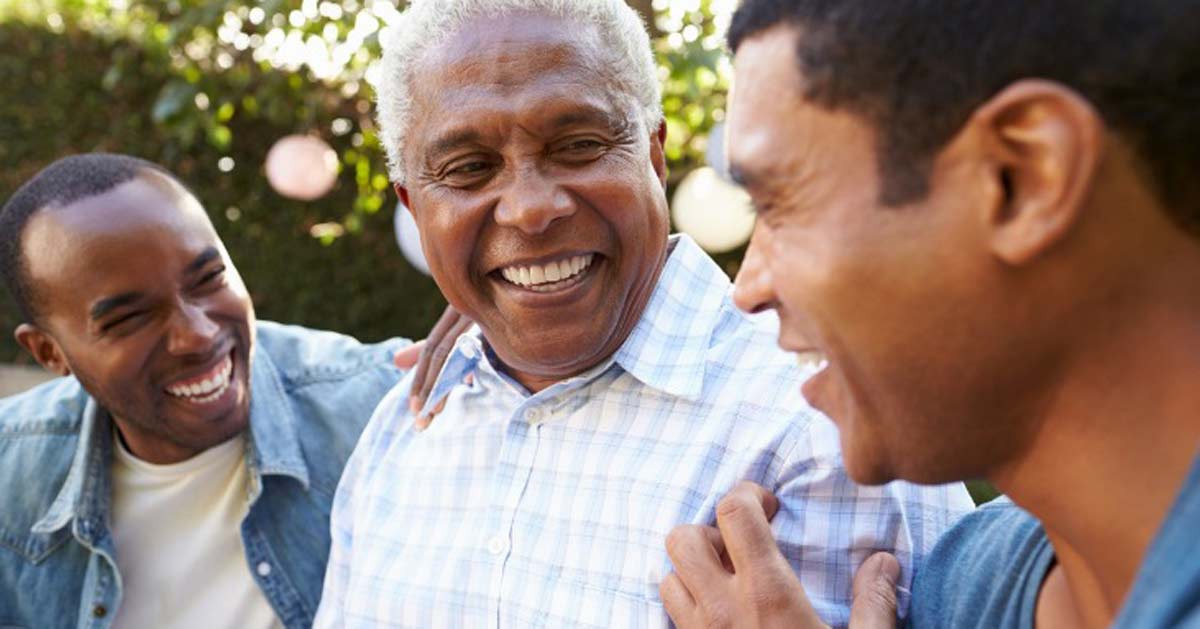Moving your loved one to an assisted living facility can be hard – mentally, physically and emotionally.
Not only are you dealing with your own thoughts and feelings on the matter, but you’re also likely facing some serious emotions from your loved one as well. They might be angry, frustrated, sad or just plain disappointed.
Though there’s no instant solution to the problem, there are steps you can take to ease the transition and make things better for you, your loved one and all involved.
Involve them in the decision from the beginning.
Even if they don’t have a choice in whether they go to an assisted living facility, at least give your loved one some decision-making power. Involve them when touring potential facilities, going on tours and interviewing caregivers. Ask their questions and let them voice their concerns. Give them a say in how, when and where they’ll be living for the foreseeable future. It will make the entire process easier from the get-go if they feel like they have some control in the matter.
Enlist help.
Don’t take it all on yourself. Whether it’s talking to your loved one about the move or actually, physically taking their boxes to the facility, you need support – from those who care about you and those who care about your loved one. Enlist their friends to help mentally prepare them for the move, and call on other family members to make the move happen. Transitioning to an assisted living facility can be hard on everyone involved, so get help whenever and wherever you can.
Personalize their space.
They might not be in their home anymore, but that doesn’t mean their new space can’t feel like it. If possible, bring a few items and décor from their house to help their room feel more comfortable and personal. Pictures, wall art, pillows, blankets and other comforting items are all great choices. Just make sure to clear it all with the facility first – you don’t want anything confiscated or thrown away.
Encourage your loved one to get involved.
Once they’re moved in, it’s important your loved one get involved so they can start to feel at home in their facility. See if they’re interested in attending bingo or game nights, and take them around the facility to meet their neighbors and fellow residents. You should also post any activity or dining calendars you receive on the wall of their room. Make socializing and getting to know their new community as easy as possible.
Visit often.
Make it a point to visit your loved one often – especially in the early weeks after their transition. They might feel scared, isolated and alone, and having your there to support and guide them can be extremely comforting. If you can, join them in the dining hall and visit with them and their new neighbors. Strike up a conversation and help them make connections with those around them.
Get friends and family involved.
Ask your loved one’s family and friends to visit as well. They need to feel safe and comfortable in their new home, and bringing in friends and family from outside those walls will help ease the transition. Ask them to bring meals, sit and talk for a while, or even take them out on walks around the grounds. The more “normal” the situation seems, the better the change will go over.
Talk to staff members.
Get to know staff members at the facility, and talk to them about your loved one’s likes, dislikes, needs and preferences. Take time to get to the staff members unique personalities and likes as well, and try to strike up friendships. The more akin they feel to you, the more they’ll feel that way toward your loved one – and that means A-plus treatment and care.
Work in their hobbies and passions.
Does your loved one like knitting or doing crosswords? Are they big on golfing or painting? Do they love drawing, writing or watching classic movies? Make it easy for them to continue these hobbies. Enroll them in classes and activities at their facility (if available), and bring them supplies to paint, draw, write or whatever their passion is. Give them all the tools they need to continue learning, growing and enjoying their life.
Keep their routines, if possible.
If they’ve been getting up with a cup of coffee and the morning newspaper for 40 years, a sudden change could be very jarring. Arrange for the paper to be delivered to their door, and ask staff to bring your loved one a cup of Joe at certain time every morning. When you visit, you can even drop off their favorite flavor or creamer to make it even more like home.
Venture out.
Visiting is great, but sometimes, your loved one will want to experience life outside their facility’s walls, so arrange to take them on outings at least every few weeks. Whether it’s dining at their favorite restaurant, attending their regular church service or going to the family Christmas party, keeping them involved in their outside community can help foster a sense of independence and confidence in your loved one.
Make sure they can reach you.
Make sure your loved one’s room as a phone where they can reach it. Post your number and numbers of other family members on the wall next to it, and walk them through how to dial out and pick up phone calls. You want them able to contact you if anything goes wrong or concerns them, so make sure they have the tools to do so freely.
Transitioning your loved one to an assisted living facility is never easy, but here at Ganton’s Countryside, we make the process as painless as possible. With 24-hour staff, fun activities, daily community dining opportunities and a welcoming, inviting environment, we make your loved one feel at home and at easy from the very start. Come by and see us today to learn more.
If you have questions about short- or long-term care for a loved one with dementia, contact Brightside Assisted Living and Memory Care today or call Margaret Nagel at (517) 206-5000 or download our brochure to learn about our care levels, cost, and amenities.


